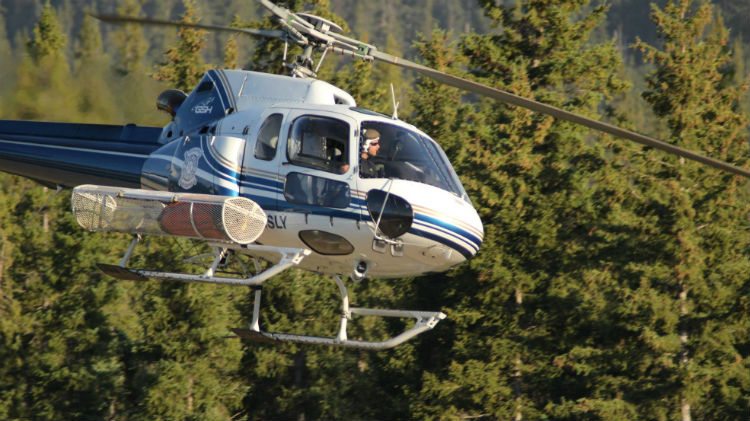Biodiversity monitoring partners across the NWT are getting a closer look at wildlife as the Government of the Northwest Territories’ Biodiversity Monitoring Program expands.
Remote cameras and audio recorders are now being used in protected areas in the NWT – bringing more monitoring into hard-to-reach areas.
Indigenous governments, Indigenous organizations, and guardianship programs are playing a critical role in the execution, and have been involved in every step of the planning process for this expanded initiative.
Currently, efforts are focused within protected areas (Such as Ts’udé Nilįné Tuyeta, Edéhzhíe Dehcho, Dınàgà Wek’èhodì and Thaidene Nëné) where the landscape is managed to protect biodiversity. There is also potential for this program to be expanded across the NWT.
Sensors are mounted on trees and other vertical posts with cameras that take photos when a sensor is triggered by a large to medium sized animal walking in front of it. Audio recorders capture the soundscape on pre-programmed times and dates.
Both types of sensors can operate out on the land for extended periods of time. They can also be moved around regularly if needed. By deploying both cameras and audio recorders together, a variety of species such as birds, frogs, and mammals (e.g., caribou, wolves, bats, etc.) can be detected.
Maintaining biodiversity is critically important for ecosystem health. With increasing threats from climate change, human disturbance, and industrial development, long-term biodiversity monitoring programs are needed to help us better understand the current state of our environment.





